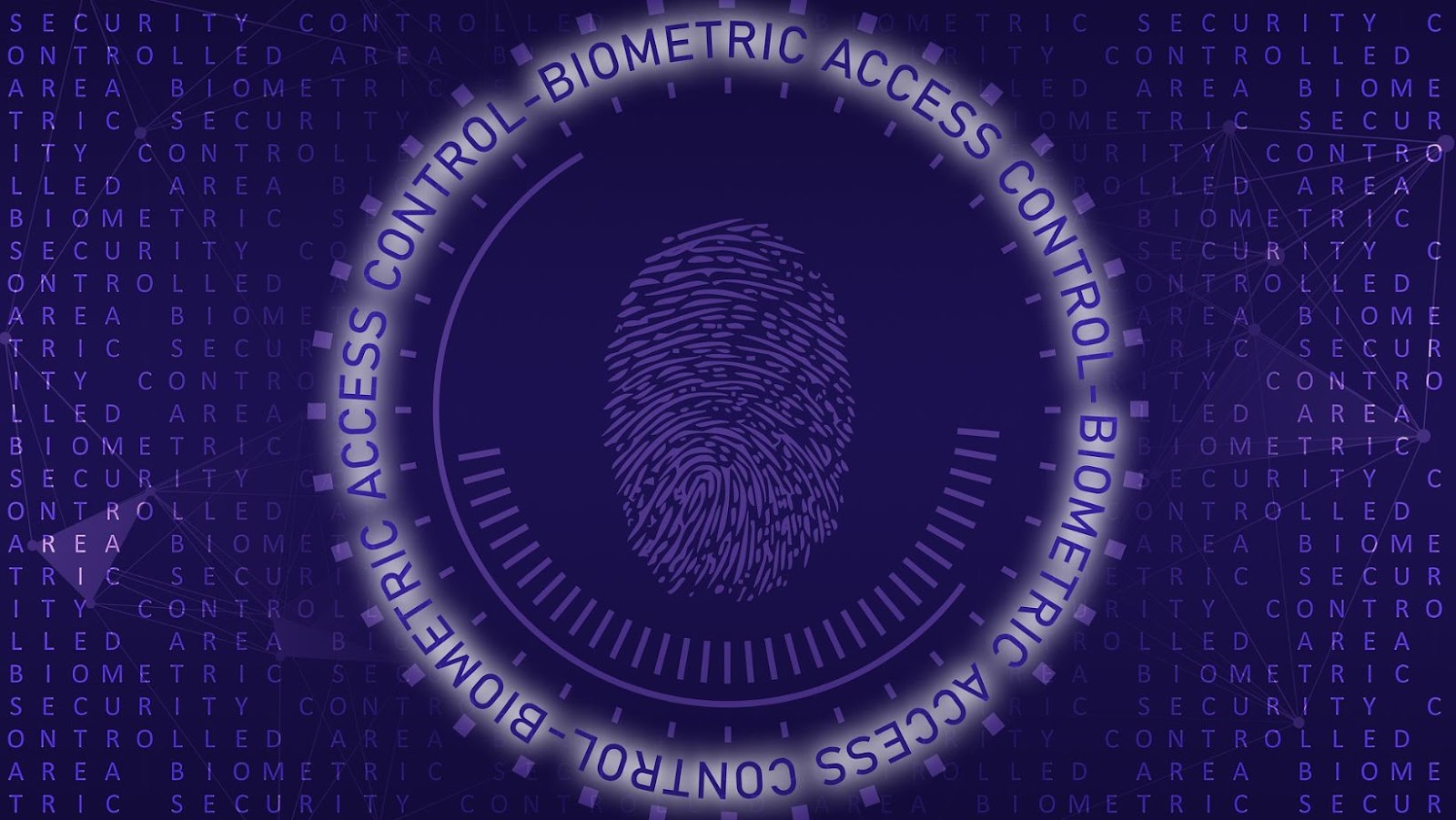Authentications can be as simple as allowing a user to use a particular feature inside an application or as complex as granting root access to a server in exchange for a password. In contrast, giving access to a specific resource or function is known as authorization in the context of system security.
Client privilege and access control are often used interchangeably with authorization and authentication. After authentication has been completed, authorization is the next step in the most secure settings. Before administrators give a user permission to utilize a system or network resource, the user must verify their identity.
5 Critical Differences Between Authentication and Authorization
A brief explanation of the distinctions between authentication vs verification follows.
- Fundamental Role
Through the authentication process, users and other entities can be verified as who they claim to be.
Authorizing a user or organization to access a resource is called “authorization.”
- How it Functions
An authenticating entity must provide credentials or other information to verify its identity.
To determine whether an authenticated user should be granted access, authorization refers to predefined regulations and procedures.
- When this occurs
When someone initially logs into a system, they must go through the authentication process.
When authentication is complete, then authorization can occur.
- How the data is transmitted
During authentication, textual data (such as a password), unstructured data (such as a picture of the user’s face), or an access token is gathered from the user or entity.
Tokens that prove authentication can be used with other identifying information to apply access rules to an object.
- Standardized practices and procedures
Passwords, access tokens, and biometric verification are only some of the authentication techniques that can be used in addition to OpenID Connect (OIDC) and other protocols (SAML, OAuth, etc.).
Typically, OAuth 2.0 is used for authorizing users, though other methods, such as Role-Based Access Control (RBAC) and Attribute-Based Access Control (ABAC), may be employed.
Authentication: What Is It?

“Authentication” describes the processes by which a user claims identity. Authentication is a crucial process whenever a user interacts with a protected system. Authentication is essential for user identification. The method may require a username and password pair. Only one user has access to this data, making it uniquely theirs. Only after entering his login and password correctly can he utilize the system.
Various methods of authentication, such as biometrics, are used by multiple systems. Using tools like neural networks and computer vision, these systems can identify a person by their face, eyes, or fingerprints. In general, authentication aids in the security of sensitive data.
Definition of Authorization
After authentication is complete, authorization can take place. The privileges afforded to an authenticated user are established through approval. It determines whether the user is authorized to use a particular system. These may be physical files, printed directories, or online databases.
An Access List is used to grant access to the users. Dictionary Access Control (DAC), Role-Based Access Control (RBAC), and Mandatory Access Control (MAC) are the three main categories of access lists. With Dictionary Access Control, the resource owner decides who can access their dictionary.
The administrator assigns permissions to users depending on their roles in the system, as in Role-depending Access Control. Windows, for instance, uses groups to implement role-based access control. Government agencies frequently implement mandatory access control systems. It allows entry depending on one’s level of security clearance.
In general, authorization guarantees that only appropriate privileges are granted to verified users.
Factors and Permissions in Authentication vs. Authorization

When establishing a user’s identity, authentication relies on “factors” the user possesses or can present. The concept of “permissions” is fundamental to authorization, as it specifies the actions an authorized user can and cannot take within a given system.
Common Authentication Criteria
- Knowledge factors, or “something the user knows.” Passwords, access codes, and PINs are all examples of these elements. These aspects are the least secure because they are the easiest for attackers to break.
- Factors relating to possession; “something the user has.” Documents, keys, hardware access tokens, mobile phones, digital certificates, software tokens, and any other tangible items can all serve as identity proof for a user or organization.
- Factors inherent to the user, or “something the user is.” Images of the user’s face, live video of the user, fingerprint scans, and other biometric data all fall into this category. Although many give biometrics the benefit of the doubt, even the most skilled attackers can fake their results.
Common Forms of Authorization Permissions

- Grants access privileges to users by their collective business roles. Access to various resources is delineated based on each group’s roles. The least privilege access principle, which asserts that a system should give each user only the resources necessary to accomplish their business job, is supported by this permissions model.
- Permissions for a device are granted concerning the device used to access a resource. This permission model may provide varying degrees of access based on whether the user is accessing the system from a trusted device, like a company laptop, or an untrusted machine, like a personal mobile phone. Each device’s security level should be considered while making authorization adjustments.
- Permissions depend on a user’s or an entity’s physical location. Authorization systems use this permission to restrict remote users’ or entities’ access to limited resources.
Bottom Line
A couple of ways that data in a system can be protected are through authentication and permission. A user’s identity can only be trusted after it has been authenticated before allowing him access to a system. At the same time, authorization proves that a user has the proper authorization to use the system’s resources after successful authentication.








